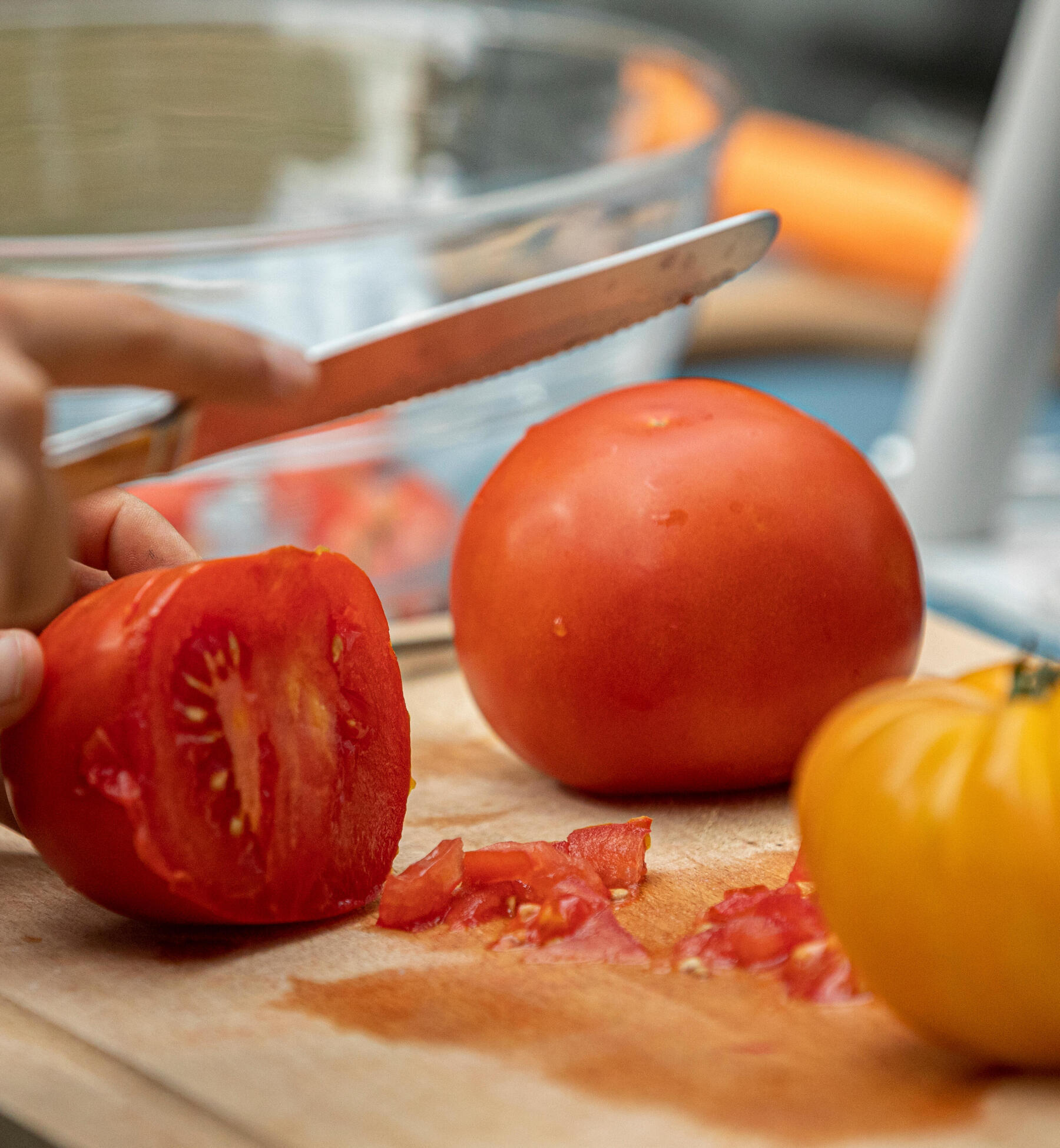Why do we love sugar so much?
The answer to this question is in our brain!
Reason 1: This fabulous muscle that allows us to think and move is fuelled mainly by carbohydrates. It needs this fuel to function, and has no problem letting you know when it's running low!
Reason 2: The brain is made up of neurons that release chemical compounds called neurotransmitters. These impact our bodies in a variety of ways, including our physical state and mood. A perfect example is dopamine, which controls the pleasure centres of our brain and makes us feel happy. It is released when we eat sugary foods, such as chocolate. Finally, the mystery behind those evening chocolate cravings has been revealed!



